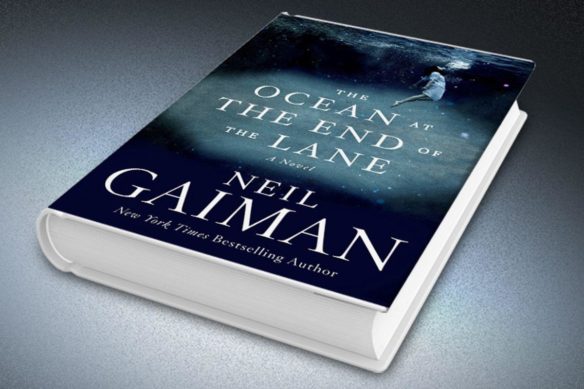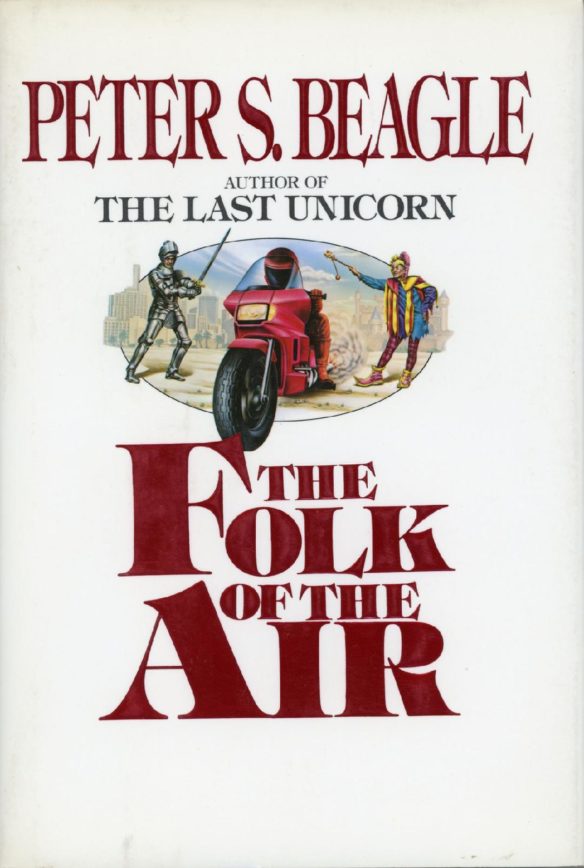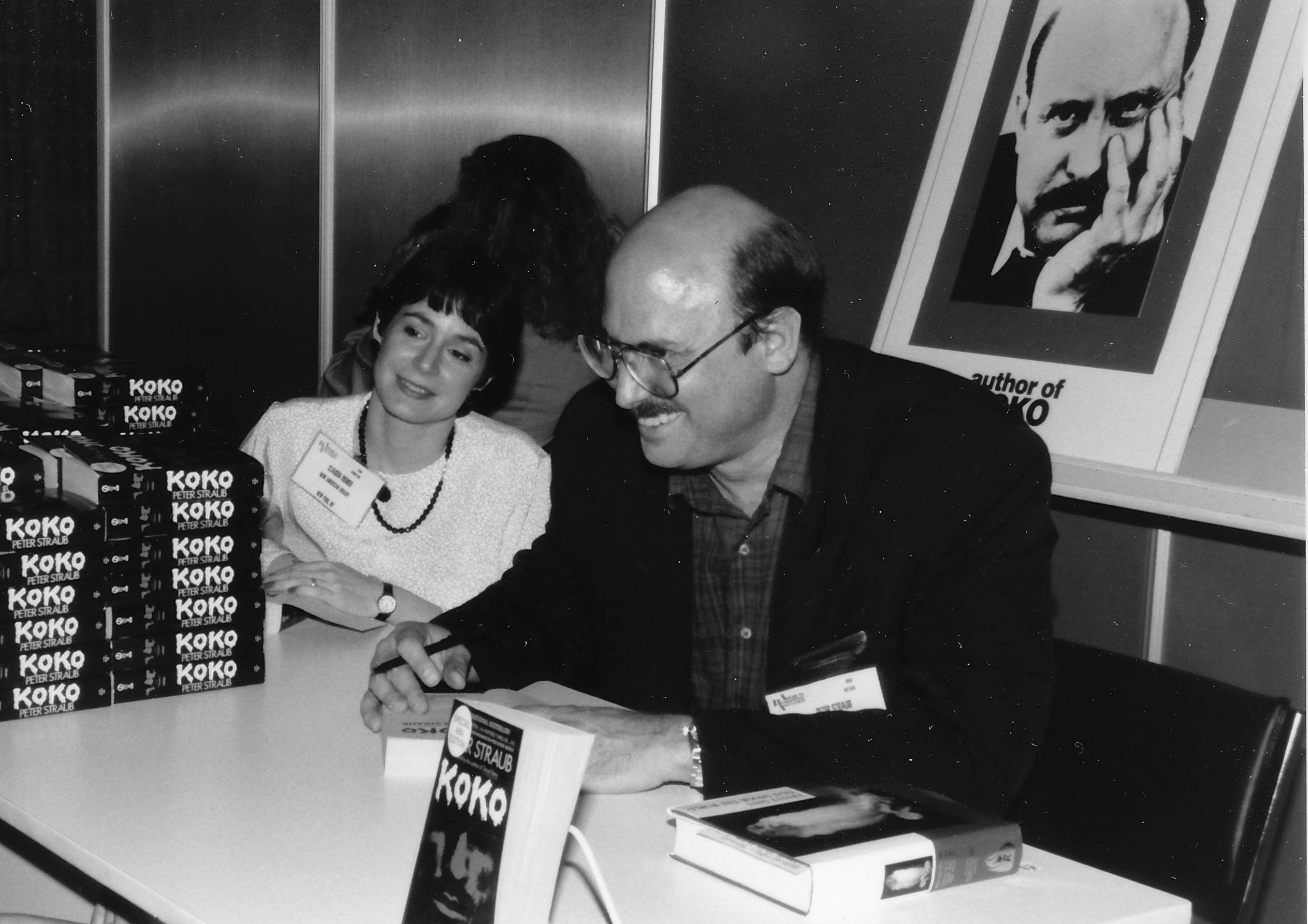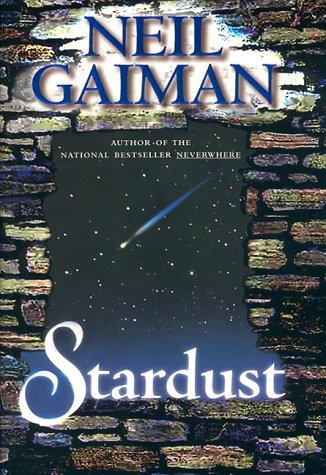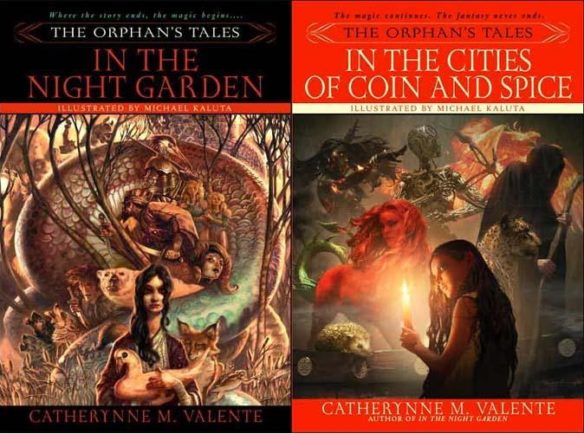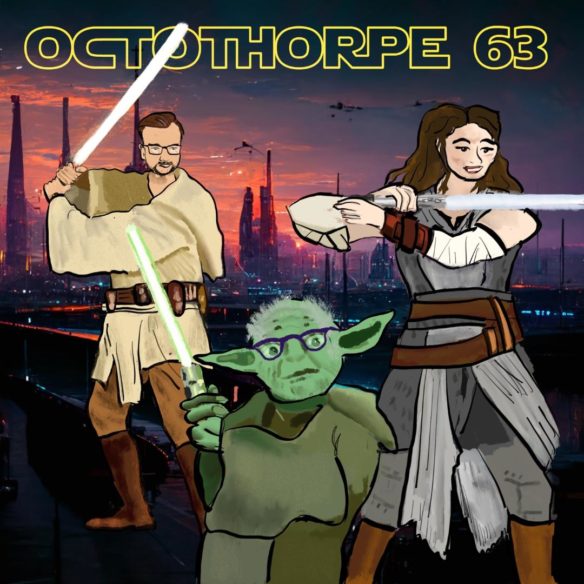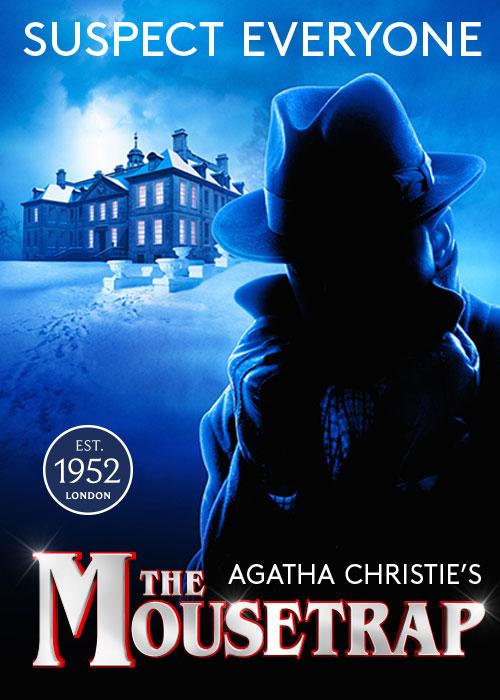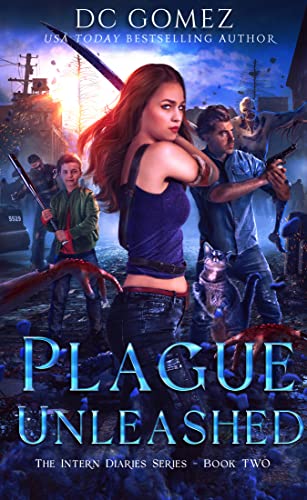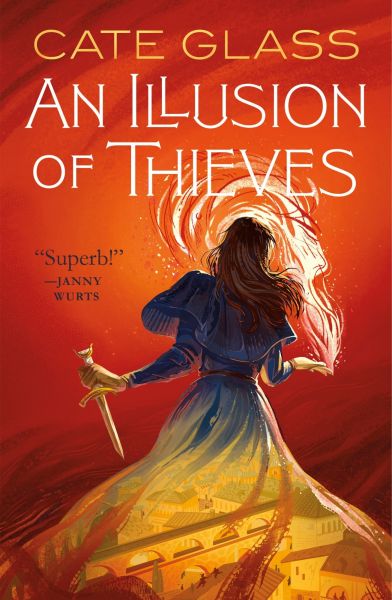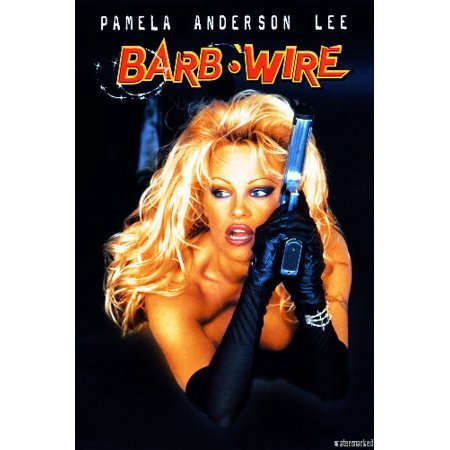(1) DYSON SWARM GAME – PLAY FREE. Joe Stech of Compelling Science Fiction today announced that his online Dyson Swarm Game is ready to play.

Happy New Year! Late is better than never, right? You can now play Dyson Swarm here! The game takes less than an hour for a full playthrough.
Here’s a quote that I love from MR, one of the beta testers for the game:
“As someone who does not really consume hard science fiction whatsoever, I felt delightfully bewildered by everything that was happening, and I enjoyed the gameplay, it made me feel like I was playing cookie clicker yet somehow also being productive and learning things”
This is exactly what I was trying to achieve — I want players to have fun and learn about the hard science fiction concepts I love! I based all my calculations for the game on Gerard K. O’Neill’s original 1974 paper “The Colonization of Space”, so the mass numbers are all fairly accurate.
And Stech has written an article about developing the game: “Dyson Swarm: How I built a hard science fiction game with AWS services”.
…Dyson Swarm is an incremental (clicker) game about dismantling the solar system in order to completely envelop the sun in space habitats. You start as a simple game developer, and progress through stages, building up resources as you go along.
I originally thought that development would only take 10-20 hours, but the scope of the game ballooned, and ultimately I ended up spending closer to 70 hours developing the game (the entirety of which were spent after my wife and kids went to sleep at night, which is my excuse if you encounter a bug). Effort estimates are one of the most difficult parts of software engineering!…
(2) OUR SAGA. Christopher Lockett thinks about Sam Gamgee and the story we’ve landed in: “Of Elections and Stewed Rabbit” at The Magical Humanist.
…Preparing a rabbit stew, Sam laments the lack of taters. The nominally reformed Gollum, now going by his original name Sméagol, expresses confusion. “What’s taters, precious?” To which Sam spells out, “Po—ta—toes … The Gaffer’s delight, and rare good ballast for an empty belly.” The film embellishes this exchange with the oft-memed line “Boil ‘em, mash ‘em, stick ‘em in a stew.”
This is one of my favourite lectures to deliver. I begin with a discussion of Tolkien’s use of food in LOTR—or more specifically, the fact that he rarely goes into detail about food.1 That hobbits love to eat is a fact often repeated, but with the exceptions of two feasts of mushrooms early in Fellowship, we don’t get many menu details. Unlike, say, George R.R. Martin’s A Song of Ice and Fire, which doesn’t go more than a few pages without a lavish description of a capon roasted with honey and crusted with herbs, or the Harry Potter novels with their feasts magically heaped on the groaning tables of Hogwarts, Tolkien is sparing in his depictions of food. He mostly reserves his considerable descriptive talents for wilderness and landscape. All of which makes this moment of Sam’s cookery stand out….
… In this respect, he is not unusual in children’s literature, which often features unlikely heroes. Nevertheless, Gandalf brings Bilbo on board almost as a self-conscious rejection of certain narrative conventions, noting that their party can hardly be expected to assault Smaug the Dragon head-on. “That would be no good,” Gandalf points out, “not without a mighty Warrior, even a Hero. I tried to find one, but warriors are too busy fighting one another in distant lands, and in this neighbourhood heroes are scarce.” These Warriors and Heroes, presumably, are those whom Sam mentions actively seeking adventures: “I used to think that they were things the wonderful folk of the stories went out and looked for, because they wanted them.” By contrast, in “the tales that really mattered”—which I take to mean stories of actual historical significance—folk “seem to have been just landed in them.”…
(3) NOT THE FANDOM HE SEES IN THE MIRROR. {Item by Andrew Porter.] BBC Sounds shares The Forum episode “The rise of fans and fandom”. Mostly concerned with pop star and media fandom. Science Fiction and Comics fans never mentioned. Fanzines are mentioned, about 15 minutes in, but only in connection with Star Trek fandom in the 1960s. Comic-Con mentioned about 35 minutes in. No relationship between cosplay and earlier SF/Comics fandom.
When the writer Sir Arthur Conan Doyle killed off his most famous literary creation, Sherlock Holmes, readers were so angry that thousands cancelled their subscriptions to the magazine in which the stories appeared. The editor and Conan Doyle himself were overwhelmed with letters from a furious public – fans who instead of accepting the death of their favourite fictional character then started to write and share their own stories featuring Holmes. They eventually formed clubs and appreciation societies, brought together by a common interest.
This practice is something we recognise today across the globe. In areas as diverse as sport, music, film and TV (to mention just a few), fans are not just passive consumers as the recent activities of Swifties (Taylor Swift fans) demonstrate. They’re actively engaged, creating content of their own and connecting with others to nurture a shared identity. The internet has made that easier than ever before, with fans now using their platform to influence political discourse too.
Iszi Lawrence discusses the history and inexorable rise of fandom, with guests Paul Booth, Professor of Media and Pop Culture at DePaul University in Chicago in the United States; Areum Jeong, Assistant Professor of Korean Studies at Arizona State University in the US and Corin Throsby from the University of Cambridge in the UK, whose research focuses on Romantic literature and early celebrity culture.
The programme also includes contributions from Julian Wamble, Assistant Professor of Political Science at George Washington University and the creator of Critical Magic Theory: An Analytical Harry Potter Podcast, and listeners around the world share their fan stories.
Produced by Fiona Clampin for the BBC World Service.
(4) DOCTOR WHO IN MEMORIAM. [Item by Kathy Sullivan.] Toby Hadoke has posted the “Doctor Who In Memoriam 2024”.
(5) GEORGE FOLSEY JR. (1939-2024). Film editor and producer George Folsey, Jr. died December 30 reports Deadline. He worked on many of John Landis’ projects.
… [In 1967] Folsey Jr edited and was an executive producer on Schlock, a sci-fi horror comedy that marked the feature debut of a 21-year-old named John Landis. It started a collaboration that would eventually include editing Landis’ pics The Kentucky Fried Movie (1977), National Lampoon’s Animal House (1978), The Blues Brothers (1980) and the “Thriller” music video Landis directed for Michael Jackson, which became a worldwide phenomenon when it debuted in 1983.
Folsey also produced the Landis movie An American Werewolf In London (1981).
Folsey Jr was an assistant producer on Twilight Zone: The Movie, on which a helicopter crashed during the filming of Landis’ segment of the anthology film in July 1982 in Santa Clarita, CA. The crash, later found by the National Transportation Safety Board to have been caused by explosives used in the scene detonating too close to the low-flying copter, killed actor Vic Morrow and child actors Renee Shin-Yi Chen and Myca Dinh Le.
Landis, Folsey Jr, the pilot, the production manager and and explosives expert were all acquitted of manslaughter charges in the subsequent trial.
Folsey Jr went on to edit pics including … Steve Pink’s Hot Tub Time Machine (2010).
(6) TODAY’S DAY.
“Mary Shelley’s ‘Frankenstein’ is published | January 1, 1818” – History will tell you all about it.
Frankenstein; or, The Modern Prometheus is published. The book, by 20-year-old Mary Wollstonecraft Shelley, is frequently called the world’s first science fiction novel. In Shelley’s tale, a scientist animates a creature constructed from dismembered corpses. The gentle, intellectually gifted creature is enormous and physically hideous. Cruelly rejected by its creator, it wanders, seeking companionship and becoming increasingly brutal as it fails to find a mate….
(7) MEMORY LANE.
[Written by Cat Eldridge.]
Ellen Kushner and Chocolate
Let’s talk about Ellen Kushner’s Riverside during the Winter and with their obsession with hot chocolate. Well let’s let her tell us about it…
IN THE MORNING, THERE WAS CHOCOLATE.
Betty seemed recovered from the previous day’s excesses. She must not have been working the party. The tray barely rattled as she set it down by the bed, and a heavenly rich scent filled the room.
I got up at once to engage with the little pot of bitter chocolate, set out with an entire jug of hot cream, as much sugar as I should care to put into it and, oh, the loveliest china cup to mix it in! I wished my mother were there to share it with me. I poured slowly, watching the cream swirl in the cup. It made the confusions and indignities of last night seem a little more worth it; I felt even better when Betty said, “And your new clothes have come, too.”
The chocolate was marvelous, but I gulped it down, assuring myself, There will be more again tomorrow, and tomorrow, and again the day after that. — The Privilege of The Sword
Now it’s not going to surprise you that the fans of Riverside have created a cuisine for it, all the result of a contest from The Fall of the Kings audiobook launch.
And Ellen being Ellen has kindly collected those recipes including of course those for hot chocolate on her excellent site. As she puts it there, “you’ll find everything from recipes and menus created by fans of the series to delight the Mad Duke Tremontaine and his Riverside friends, to ones created by friends of the author to keep her at her desk.”
And yes, I’m deeply, madly in love with all three novels but particularly The Privilege of The Sword because of its central character. I’ve read them many, many times and even the Suck Fairy gets a warm fuzzy feeling every time she reads them. I just started listening to them again for the first time in a decade or so. There was a full cast performance done, but it seems to have disappeared from this reality. No idea why.
If anyone has read the Tremontaine stories written by others, tell me about them please. I’ve not yet done so.

(8) TODAY’S BIRTHDAY.
[Written by Cat Eldridge.]
Born January 1, 1954 – Midori Snyder, 71.
This first novel by Midori Snyder that I read was The Flight of Michael McBride, a three decades old work by her set in the old American West blending aspects of First Folk, Irish-American and Mexican folklore. A most excellent read.
Like Pamela Dean with her Tam Lin novel, she’s delved in Scottish myth as her first novel, Soulstring, was inspired by the Scottish legend of Tam Lin.
It was however not her first published work as that was “Demon” in the Bordertown anthology, the second of the Bordertown series. She would later do two more Bordertown stories, “Alison Gross” that’d be in Life on the Border, and “Dragon Child” in The Essential Bordertown.

Now don’t go looking for any of these as ePubs as, like the Year’s Best Fantasy & Horror series which I noted in Ellen Datlow’s Birthday a few days ago, ePub rights weren’t written into the publication contracts, and getting retroactive story rights, well, let’s not go there.
The newest Bordertown anthology, Welcome to Bordertown, is available as an ePub.
Next up is a trilogy of books that remind me of Jane Yolen’s The Great Altar Saga in tone — New Moon, Sadar’s Keep, and Beldan’s Fire. They were published as adult fantasy by Tor Books starting thirty-four years ago where they were The Queens’ Quarter Series. Interestingly they would be reprinted as young adult fantasy by Firebird Books just eighteen years ago as The Oran Trilogy. I see that Firebird is no longer the domain of Sharyn November which it was explicitly related for.
Now I positively adore The Innamorati which draws off the the Commedia dell’Arte theatre and the Roman legends as well. This stellar novel gained her Mythopoeic Fantasy Award for Adult Literature. It is without doubt her best novel – great characters, fascinating setting and a wonderful story.
Hannah’s Garden was supposed to be one of the novels inspired by a painting by Brian Froud. (I remember de Lint’s The Wild Wood and Windling’s The Wood Wife are two of the others but I forget the fourth. I know they got their novels with his art but I don’t if she or the fourth writer did.) It’s a more personal novel, more scary in tone I think than her other work is.
Except the Queen was written by her and Yolen. It’s a contemporary fantasy featuring two fey who are banished here in the guise of old women. I’ll not spoil what happened next. That was her last novel and it was published thirteen years ago.
She wrote the title short story for Windling The Armless Maiden and Other Tales for Childhood’s Survivors anthology anthology about child abuse survivors. Grim reading but recommended. It was nominated for an Otherwise Award.
It’s one of a not deep number of short stories she’s written, just fifteen, none collected so far.
She did the text to the “Barbara Allen” graphic story Charles Vess illustrated and first published in his Ballads chapbook in 1997 which I’ve got here somewhere. Let me go see… yes, it’s also in the autographed copy of The Book of Ballads that he sent me. That came out on Tor eighteen years ago. God, time goes by fast!
A check of ISFDB shows she retired from writing genre fiction fifteen years ago with her last work being ”The Monkey Bride” in Datlow and Windling’s The Beastly Bride: Tales of the Animal People.
Though not about her fiction writing, she would win a World Fantasy Award for her editorial work on Windling’s Endincott Studio website. It is a fascinating site covering what Terri, Midori and others think is interesting in fairy tales, myth, folklore, and the oral storytelling tradition. It is here now.
(9) COMICS SECTION.
- Carpe Diem looks ahead.
- Close to Home is there for the beginning of long range weather forecasting.
- Dark Side of the Horse is disappointed to be right the first time.
- Dinosaur Comics finds a constant in time travel. Or maybe two.
(10) RPG IN 2025. [Item by Steven French.] “Games to look forward to in 2025: Clair Obscur: Expedition 33” in the Guardian. “An ambitious French epic inspired by 20th-century surrealist painters and the belle époque will push the turn-based RPG genre forward.”
In the 1990s, the turn-based RPG was unstoppable. From Pokémon to the multimillion-selling PlayStation Final Fantasy games, there was nothing cooler than vanquishing blocky beasts via drop down menus. Then came the new millennium. As computing power blossomed and western-made games rose in popularity, traditional Japanese-made RPGs slowly but surely fell out of fashion.
“What Final Fantasy was doing before – a more realistic, grounded take on the turn-based genre – now, nobody is doing that. And that’s where we want to be,” says Guillaume Broche, CEO of Sandfall Interactive and creative director of Clair Obscur: Expedition 33. Citing 2007’s Xbox 360 classic Lost Odyssey as the last truly high-budget turn-based RPG, the ex Ubisoft employee founded a studio with a mission to move the genre forward.
The result is Clair Obscur: Expedition 33. The name is a baffling mouthful, but this ambitious French epic is inspired by France’s 20th-century belle époque and surrealist painters. A lavishly rendered party of adventurers move through a world that shimmers with a dreamlike quality, from a Little Mermaid-esque underwater kingdom to gothic, grandiose mansions.
It’s not just the setting and aesthetic that separate Expedition 33 from its peers, but its fast, fluid combat. “I’m a bit burned out on turn-based RPGs, because I’ve just played far too many,” Broche shrugs. “So for players like me, we wanted to make sure the turn-based battles feel more interactive and different, requiring skill and offering something fresh.”
(11) BEETLEJUICE BEETLEJUICE EFFECTS. Animation World Network tells how “Framestore Crafts Some Ghostly and Ghastly VFX for ‘Beetlejuice Beetlejuice’”. “Led by VFX supervisor Matthew Krentz, the studio delivers 253 visual effects shots on Tim Burton’s hit ‘Beetlejuice’ sequel, including baby Beetlejuice, a stop-motion Charles Deetz being bitten by a shark, and the famed ghost’s dismembered ex-wife Delores.”
… “We looked at the original movie quite a few times for references and one of things we specifically studied was when Beetlejuice [Michael Keaton] is shrunken down in the model,” remarks Krentz. “When he is digging into the grave, there are all these layers of Styrofoam and different practical things that made it look like a model. We tried recreating that when breaking up of the set piece when it cracks open and reveals Beetlejuice for the first time.” There were a couple of different elements that were part of the Beetlejuice reveal sequence. Krentz continues, “We did this earthquake that travels along the ground of the model, it breaks apart, and that’s when Beetlejuice comes into the attic for the first time. We had a full LiDAR scan of the practical model because we had to work with what they had shot. The model was built in two separate pieces that broke apart in the middle and separated out. The only thing that we did in the reveal was add some smoke and atmosphere. We had some uplighting to make it look more interesting. That portion of it was a lot more in-camera trickery versus the stuff we did when the camera is following along the middle of the model, which was completely digitized.” An interesting challenge was distinguishing the differences between a real and miniature house. “We had to make a miniature house look real and then dumb it down so you could see all of the subtleties that the modelmakers would have made.”…
(12) ON THE WEB. [Item by Steven French.] From The Smithsonian Magazine (the ‘discoveries’ in question are mostly from the ‘natural world’ rather than the lab and include examples such as antimicrobial secretions from ants): “Seven Scientific Discoveries From 2024 That Could Lead to New Inventions”.
…In another breakthrough, researchers built an ultra-sensitive microphone informed by spider silk, which vibrates with the subtle perturbations of sound waves moving through the air. By mimicking that strategy, the microphone can be made more compact than standard ones, which are instead designed after the human eardrum. Building on this invention, researchers said in May that spider silk could continue to revolutionize sound technology—from helping to identify hearing loss early to picking up on low-frequency sounds known to precede tornadoes that might enable life-saving early warnings….
[Thanks to Steven French, Kathy Sullivan, Teddy Harvia, Mike Kennedy, Andrew Porter, John King Tarpinian, Chris Barkley, Cat Eldridge, and SF Concatenation’s Jonathan Cowie for some of these stories. Title credit belongs to File 770 contributing editor of the day Cat Eldridge.]

